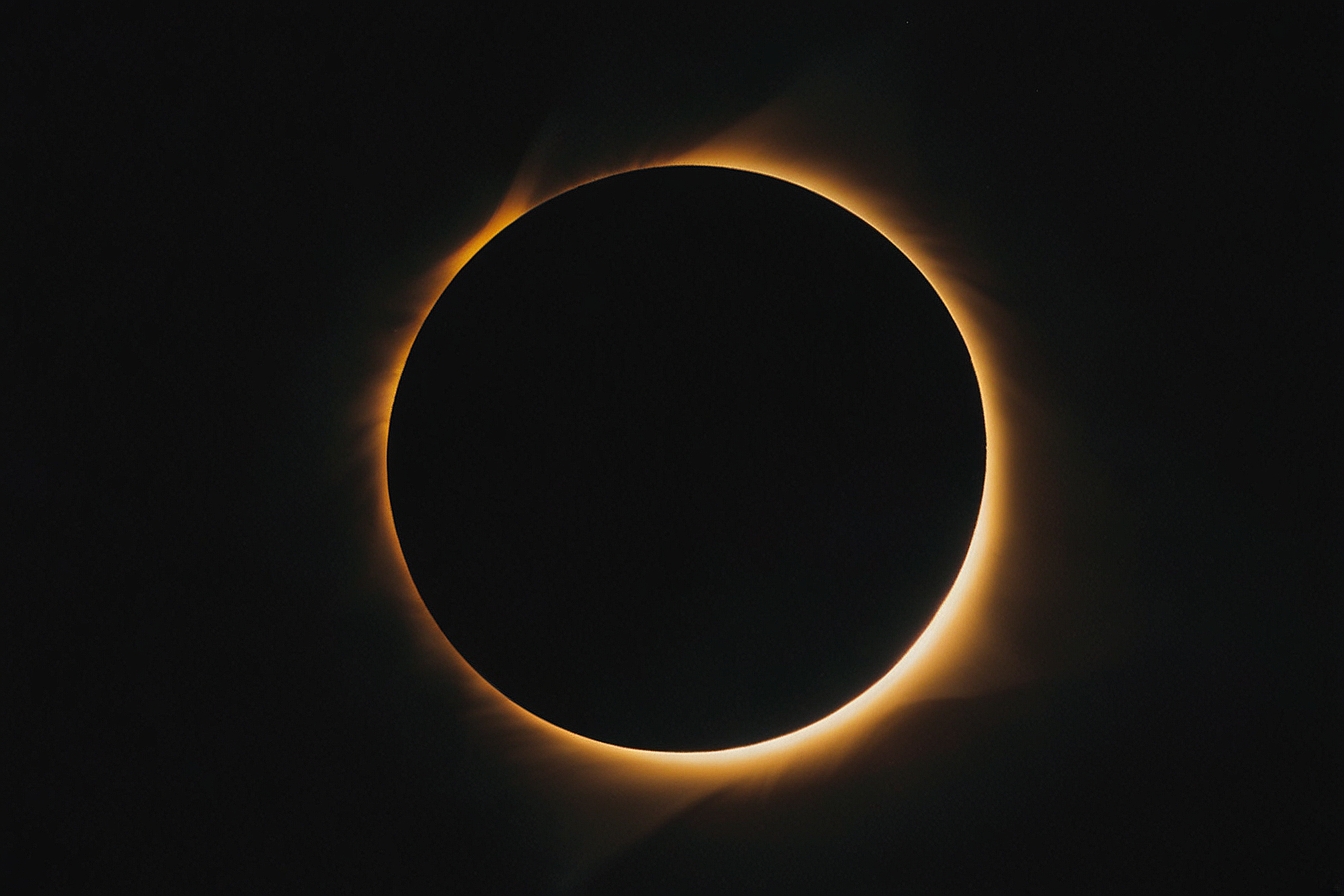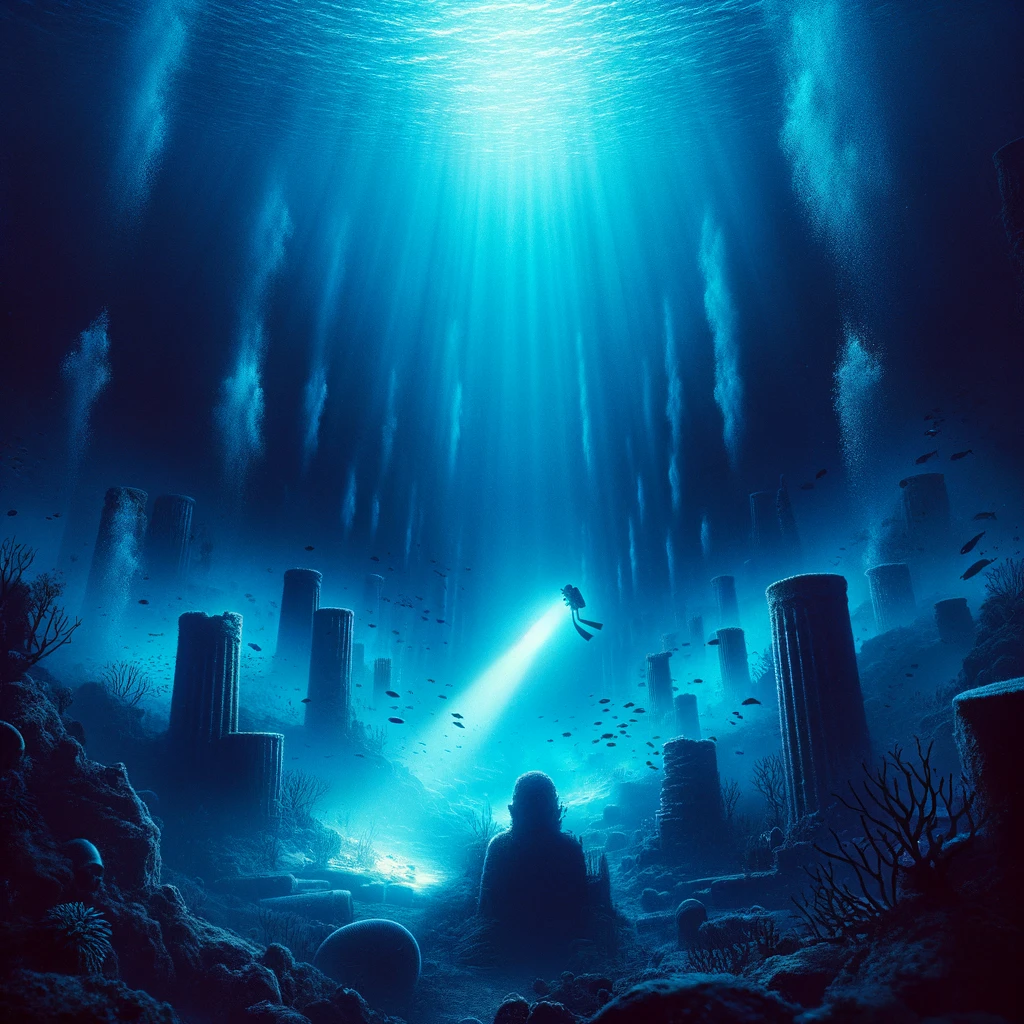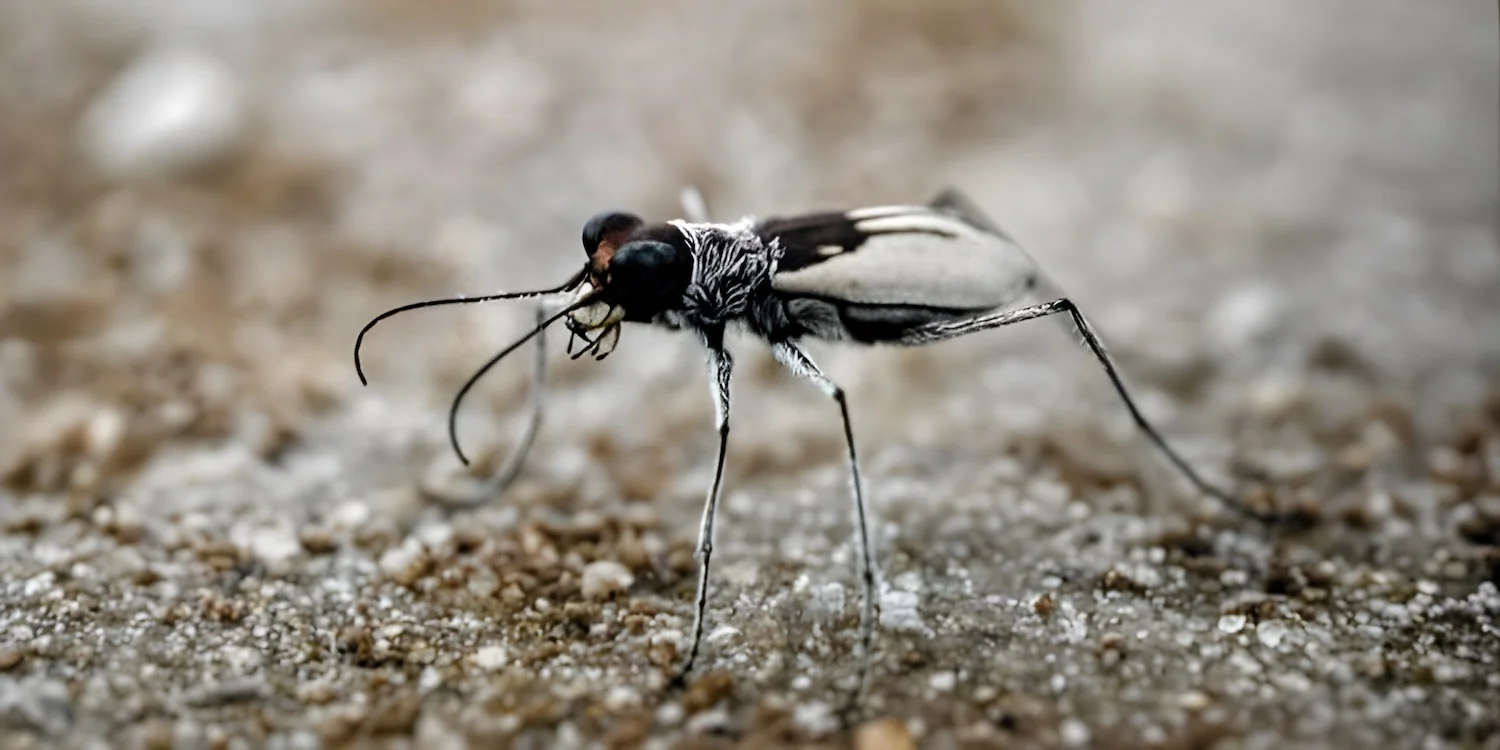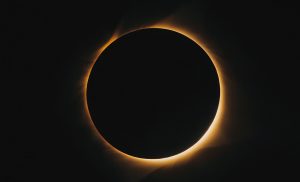Unlock Financial Freedom: Achieve Wealth and Independence in 2024!

Here are 15 ideas with brief descriptions to potentially help you become wealthy in 2024.
Digital Asset Investment Consulting Service

In the ever-evolving finance landscape, digital assets have emerged as a prominent investment opportunity. A Digital Asset Investment Consulting Service aims to bridge the gap between traditional investors and the complex world of cryptocurrencies, non-fungible tokens (NFTs), and decentralized finance (DeFi).
This service would offer personalized guidance and strategic advice tailored to each client’s investment goals, risk tolerance, and market trends. By leveraging expertise in blockchain technology, market analysis, and investment strategies, consultants can confidently help clients navigate the volatile digital asset market. Services may include portfolio management, risk assessment, due diligence on emerging projects, and education on blockchain fundamentals.
With the potential for substantial returns and diversification benefits, a well-executed Digital Asset Investment Consulting Service could attract high-net-worth individuals, institutional investors, and even traditional financial institutions seeking exposure to this burgeoning asset class.
Sustainable Fashion Brand

The fashion industry is undergoing a profound transformation as consumers increasingly prioritize sustainability and ethical practices. A Sustainable Fashion Brand embodies a commitment to environmental stewardship, social responsibility, and innovative design. From sourcing eco-friendly materials and reducing carbon emissions to implementing ethical labor practices and minimizing waste, sustainability is woven into every aspect of the brand’s operations.
By offering chic and eco-conscious clothing and accessories, the brand appeals to environmentally-conscious consumers who seek stylish alternatives to fast fashion. Marketing efforts focus on transparency, authenticity, and storytelling, highlighting the brand’s journey toward sustainability and its positive impact on the planet.
Collaborations with like-minded influencers, eco-conscious celebrities, and sustainable fashion advocates further amplify the brand’s message and reach. As the demand for sustainable fashion continues to rise, a well-positioned Sustainable Fashion Brand can capture market share and drive positive change within the industry.
Health and Wellness Tech Startup

In an increasingly health-conscious society, technology plays a pivotal role in empowering individuals to prioritize their well-being. A Health and Wellness Tech Startup leverages cutting-edge technology to develop innovative solutions that address various aspects of physical and mental health. Whether it’s wearable fitness trackers that monitor vital signs and activity levels, mobile apps that provide personalized nutrition plans and workout routines, or virtual reality experiences that facilitate stress relief and mindfulness, the possibilities are endless.
The startup focuses on user-centric design, data privacy, and evidence-based approaches to deliver meaningful health outcomes. Strategic partnerships with healthcare providers, fitness experts, and wellness influencers help validate the efficacy of the startup’s products and services.
With the global health and wellness market poised for exponential growth, a Health and Wellness Tech Startup has the potential to disrupt traditional healthcare models and empower individuals to lead healthier, happier lives.
Remote Work Solutions Provider

The rise of remote work has transformed the way organizations operate and collaborate in the digital age. A Remote Work Solutions Provider offers comprehensive tools and services designed to optimize productivity, connectivity, and security in remote work environments.
From cloud-based collaboration platforms and video conferencing software to cybersecurity solutions and ergonomic home office setups, the provider equips businesses with the technology and infrastructure needed to thrive in a distributed workforce model.
Customizable packages cater to the unique needs of diverse industries, company sizes, and remote work scenarios. Emphasis is placed on user experience, reliability, and scalability to ensure seamless integration with existing workflows and IT systems.
Thought leadership initiatives, such as webinars, whitepapers, and industry insights, position the provider as a trusted advisor in the remote workspace. With remote work becoming the new norm for many organizations, a Remote Work Solutions Provider is well-positioned to capitalize on this transformative shift and drive innovation in the digital workplace.
Online Education Platform

An Online Education Platform serves as a digital marketplace for learning, offering a diverse range of courses and educational resources accessible to learners worldwide. Through partnerships with subject matter experts, educators, and institutions, the platform provides engaging and interactive content across various disciplines, from professional skills development to personal enrichment.
Features such as on-demand video lectures, interactive quizzes, peer-to-peer forums, and certification programs cater to learners of all ages and backgrounds. Advanced analytics and machine learning algorithms personalize the learning experience, recommending relevant courses and tracking progress toward learning goals.
As the demand for flexible and accessible education continues to grow, an Online Education Platform democratizes learning opportunities, empowers lifelong learners, and fosters a global community of knowledge seekers.
Renewable Energy Investment Firm

A Renewable Energy Investment Firm channels capital towards sustainable energy projects, driving the transition towards a low-carbon economy. Through strategic investments in renewable energy infrastructure, such as solar farms, wind turbines, and energy storage solutions, the firm aims to generate financial returns while mitigating environmental impact.
Rigorous due diligence, risk assessment, and portfolio diversification strategies ensure prudent allocation of capital across diverse renewable energy assets. Collaboration with industry stakeholders, policymakers, and environmental advocates strengthens the firm’s position as a leader in sustainable finance and impact investing.
By aligning financial interests with environmental stewardship, a Renewable Energy Investment Firm demonstrates the viability of renewable energy investments and accelerates the transition towards a more sustainable energy future.
Subscription Box Service for Niche Hobbies

A Subscription Box Service for Niche Hobbies curates themed boxes of products and experiences tailored to enthusiasts of specialized interests and hobbies. From gourmet cooking ingredients and culinary gadgets to urban gardening supplies and DIY electronics kits, each subscription box delivers a curated selection of high-quality items that cater to subscribers’ passions.
Personalization options, such as customization surveys and feedback loops, enhance the subscription experience and foster a sense of community among like-minded hobbyists. Creative marketing campaigns, unboxing videos, and user-generated content amplify brand awareness and engage subscribers across digital platforms.
As consumers seek unique and immersive experiences, a Subscription Box Service for Niche Hobbies taps into the growing demand for curated lifestyle products and niche communities, providing subscribers with a delightful and enriching subscription experience.
Tech-enabled Real Estate Brokerage

A Tech-enabled Real Estate Brokerage harnesses technology to modernize and streamline the process of buying, selling, or renting real estate properties. Through a user-friendly digital platform, clients gain access to virtual property tours, 3D floor plans, and AI-powered property valuation tools, enhancing transparency and convenience throughout the real estate transaction process.
Advanced data analytics and machine learning algorithms provide insights into market trends, property listings, and pricing strategies, empowering clients to make informed decisions. Dedicated customer support and personalized guidance from experienced real estate professionals ensure a seamless and personalized experience for buyers, sellers, and renters.
By leveraging technology to optimize efficiency, transparency, and customer satisfaction, a Tech-enabled Real Estate Brokerage redefines the traditional real estate brokerage model and sets a new standard for innovation in the industry.
Personal Finance Management App

A Personal Finance Management App empowers users to take control of their finances and achieve their financial goals through intuitive budgeting, expense tracking, investment portfolio management, and goal-setting features. With a sleek and user-friendly interface, the app offers real-time insights into spending habits, income trends, and savings opportunities, helping users make informed financial decisions.
Customizable budget categories, automated transaction categorization, and customizable alerts ensure accuracy and flexibility in managing finances. Integration with banking and investment accounts allows users to track net worth, monitor investment performance, and optimize asset allocation. Educational resources, such as articles, tutorials, and financial planning tools, empower users to improve financial literacy and make smarter money choices.
As consumers seek greater control and transparency over their finances, a Personal Finance Management App becomes an indispensable tool for achieving financial wellness and building wealth for the future.
Eco-Tourism Resort

An Eco-Tourism Resort offers travelers an immersive and sustainable vacation experience in harmony with nature. Situated in pristine natural settings, such as rainforests, coastal habitats, or mountainous landscapes, the resort embraces eco-friendly practices and conservation initiatives.
Sustainable architecture, renewable energy sources, and water conservation measures minimize environmental impact while providing guests with luxurious accommodations and amenities. Guided eco-tours, nature walks, and wildlife spotting excursions allow guests to explore the surrounding ecosystem and learn about local flora and fauna from knowledgeable guides.
Community engagement initiatives support local economies and promote cultural exchange, enriching the travel experience for guests and fostering positive relationships with host communities. By prioritizing environmental stewardship and responsible tourism practices, an Eco-Tourism Resort offers travelers a rejuvenating escape while contributing to conservation efforts and sustainable development in ecologically sensitive areas.
Virtual Event Planning Agency

A Virtual Event Planning Agency specializes in conceptualizing, coordinating, and executing virtual events, conferences, and experiences tailored to diverse audiences and objectives. Leveraging cutting-edge technology and innovative platforms, the agency creates immersive and interactive virtual environments that replicate the engagement and networking opportunities of in-person events.
From virtual trade shows and product launches to live-streamed concerts and virtual reality (VR) experiences, each event is customized to meet the unique goals and preferences of clients and attendees. Comprehensive event management services, including event strategy development, content creation, technical support, and attendee engagement activities, ensure seamless execution and memorable experiences.
Strategic partnerships with technology providers, content creators, and digital marketing experts enhance the agency’s capabilities and expand its reach in the virtual event space. As businesses and organizations embrace virtual engagement models, a Virtual Event Planning Agency offers innovative solutions to connect, engage, and inspire audiences in the digital realm.
Artificial Intelligence Consulting Firm

An Artificial Intelligence Consulting Firm provides businesses with strategic guidance and technical expertise in harnessing the power of artificial intelligence (AI) to drive innovation, optimize operations, and enhance customer experiences. Drawing on a team of AI experts, data scientists, and industry specialists, the firm offers a range of services, including AI strategy development, algorithm design, data analysis, and implementation support.
Through workshops, training programs, and knowledge-sharing initiatives, the firm helps clients demystify AI technologies and integrate AI-driven solutions into their business processes effectively. Collaborative partnerships with leading AI research institutions and technology providers ensure access to cutting-edge tools and resources, keeping clients at the forefront of AI innovation.
By unlocking the potential of AI to solve complex challenges and unlock new opportunities, an Artificial Intelligence Consulting Firm empowers businesses to stay competitive and thrive in the digital age.
Elderly Care Services Franchise

An Elderly Care Services Franchise offers a comprehensive range of support services tailored to the unique needs and preferences of elderly individuals and their families. From assisted living facilities and memory care programs to in-home care services and respite care options, each franchise location provides compassionate and personalized care in a safe and supportive environment.
Experienced caregivers, trained nursing staff, and licensed healthcare professionals ensure the highest standards of care and attention for residents and clients. Specialized programs and activities promote physical, cognitive, and emotional well-being, fostering a sense of community and purpose among elderly individuals. Franchise owners receive extensive training, operational support, and marketing resources to launch and grow their businesses successfully.
As the elderly population continues to grow globally, an Elderly Care Services Franchise addresses the growing demand for high-quality senior care services and provides franchisees with a rewarding opportunity to make a positive impact in their communities.
Luxury Pet Products Brand

A Luxury Pet Products Brand caters to discerning pet owners seeking premium-quality products and accessories for their beloved furry companions. From designer pet apparel and accessories to gourmet treats and stylish pet furniture, each product is crafted with the finest materials and attention to detail, reflecting the brand’s commitment to luxury and craftsmanship.
Collaborations with renowned designers, celebrity pet influencers, and pet-friendly celebrities elevate the brand’s status and appeal to affluent pet owners. Thoughtful packaging, personalized touches, and exclusive membership programs enhance the customer experience and foster brand loyalty. Through philanthropic initiatives and partnerships with animal welfare organizations, the brand demonstrates its dedication to giving back to the pet community and supporting pet-related causes.
As pet ownership continues to rise and pet owners prioritize the well-being and happiness of their pets, a Luxury Pet Products Brand taps into a lucrative market segment and provides pet owners with the ultimate indulgence for their furry family members.
Green Tech Startup Incubator

A Green Tech Startup Incubator nurtures and supports entrepreneurs and innovators developing cutting-edge green technologies and sustainable solutions to address pressing environmental challenges. Through mentorship, funding, and access to resources, the incubator helps early-stage startups validate their ideas, refine their business models, and accelerate their growth.
Industry experts, investors, and mentors provide guidance and expertise in areas such as clean energy, waste management, water conservation, and sustainable agriculture. Collaborative workspace, prototyping facilities, and networking events foster a vibrant ecosystem of innovation and collaboration among startups. Strategic partnerships with research institutions, government agencies, and corporate sponsors facilitate technology transfer, market access, and investment opportunities for incubator startups.
By catalyzing the development and commercialization of green technologies, a Green Tech Startup Incubator drives positive environmental impact and economic growth while positioning itself as a hub for innovation in the green tech sector.
























